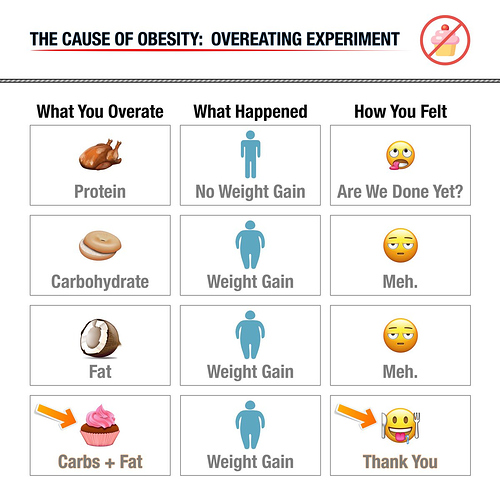Hi everybody, I just joined looking for few answers regarding my keto that doesn’t seem to work as expected.
Few facts first:
Age 65
Height 5’11”
Weight 176 lb
Not overweight by any means, just upset with my belly fat. Whatever fat I have all seems to be accumulated on the belly. So 7 weeks ago I decided to go on keto.
I also decided to start the morning with roughly 15 min of light workout followed by brisk walking on the treadmill for 30 min (that’s all before breakfast).
In roughly 10 days my weight dropped 3 lb and that’s it. It didn’t want to move any more. It was constant at 173 +/-0.2 lb for 2 weeks at least. I even suspected my scale, but checked it and it was fine.
Reading more about it I found out I need to stay under 20 grams of net carbs and eat max 3 times / day, but 2 times would be better.
Before getting deeper into these guidelines let me tell you about the only successful keto case I witnessed myself. A colleague of mine weighing over 400 lb at the time went on a keto diet and lost 130 lb after one year. Don’t remember what program he was on, but he was receiving prepackaged food in portions of 100 cals and used to have one of those every 3 hours and then in the evening he would have grilled chicken, pork or beef with fresh greens and olive oil and vinegar. He explained the idea behind having 5 meals a day was to make the body believe there is an abundance of food so it wouldn’t go into storage mode. I also remember his carbs guidelines were to stay below 50 g.
But that was then and that was another person. He had plenty where to loose from. In my case maybe since there is not much to lose it may be harder.
Back to my case, the keto strips used to indicate a low to moderate keto level at best. Reading that the ketone strips are not accurate in assessing the keto state, I bought the Keto Mojo blood tester a week ago and my readings are still kind of low: 1.1 – 1.4 mmol/L. One day only it was 1.8 and have no explanation what was different that day.
For almost a month now I stay under 20 g net carbs and watch my portions like a hawk using a spreadsheet. I total 1500 – 1700 cal / day with 65-75% coming from fat and 30% from protein.
I will add a thought I have. It may be my impression, but I think I notice a bit of improved muscle definition on my upper arms so maybe I gained a bit of muscle mass and since muscle is heavier than fat, you don’t need to gain a lot in order to mask the total weight loss. Maybe it’s just wishful thinking, I don’t know. However now I set my belt is one inch tighter.
I guess this summarizes it pretty well, sorry for the long story. Comments are appreciated.
Thanks.

 . I think it sounds like you’re doing things right but you should give more information about yourself to help people give you good advice. The best place to start would be knowing what you’re eating on an average day.
. I think it sounds like you’re doing things right but you should give more information about yourself to help people give you good advice. The best place to start would be knowing what you’re eating on an average day.
